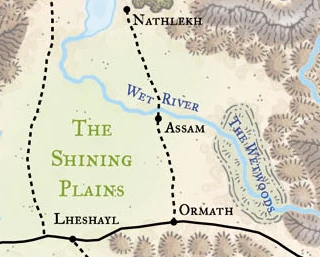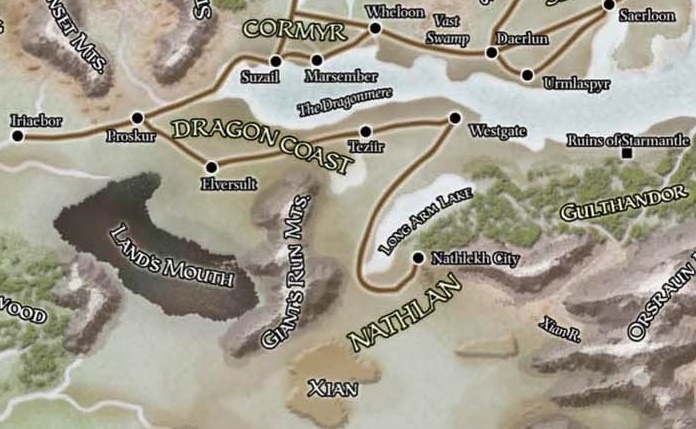There's two questions that do kinda bear on the answer, as i see it.
First is 'what brings a bigger audience to D&D'? Will the Asian-inspired MtG settings really bring MtG fans to the game who weren't already in because of Ravnica etc? Nobody outside D&D has ever heard of Kara-Tur. Everyone who's into Rokugan already knows about D&D. Is there another option? Is there some popular fantasy anime series, or Chinese fantasy TV series, or novel series, or something similar that could be used and could possibly interest a wider audience beyond existing D&D fans? I honestly have no idea what's out there in the Chinese/Japanese/etc media world, but if I were WotC I'd be looking for something like that to use as the 'base' setting for my Asian-inspired sourcebook rather than redoing another old gaming property.
(My assumption is that most hardcore D&D fans will buy the thing regardless what world setting it's put in, just to mine it for ideas and mechanics. So I think WotC can safely roll the dice on a relatively unknown-in-the-West IP to try to bring in a new audience)
Second question - is what do people want the actual mechanical content of the book to be? Personally I'd be looking for a bunch of PC races/monsters etc from various Asian mythologies, character options inspired by the same etc. But the inevitable problem is that if you do mine real-life myth for this sort of thing, you either end up with all these characters and critters running around in a nebulous kitchen-sink 'fantasy-Asia' or you end up with relatively transparent fantasy analogs of real-life historical nations. Both of which options are going to annoy people. But so is, for instance, putting out an 'Oriental Adventures' book with no ninja or hopping vampires.
Also, if I look at my older-edition 'Oriental Adventures' etc material - 5e already covers most of the class archetypes they focus on. (I'm assuming here that any 5e designers working in this space will have better sense than to design stuff like the 1e bushi, which is basically 'fighter, but more Asian!') and use the perfectly good existing rulesets when adaptable. Fighters and rogues work anywhere. Monks are a straight ripoff of wuxia anyway. A ninja is an assassin rogue. The sort of unarmoured shaman/monsterhunter/scholar type that's such a mainstay of Chinese fantasy films is a unfulfilled niche in 5e admittedly. Mechanically, a katana is just a longsword, so is a jian, a tetsubo is a maul, etc. A PC yeti race is mechanically just a goliath with hair. A specialised martial arts system on top of the already abstracted D&D melee combat system is asking for trouble imho and I don't think has ever been done well. There's really not a huge amount of major mechanical additions i can see the need for (again, I'm not really an expert on the mythology etc). Do you focus instead on how the existing D&D toolkit is used, by showing how it binds to a specific setting? If so, you circle straight round into the setting question, and the 'mish-mash generic Asian' vs 'rip-offs of real cultures' vs 'I just bought an Oriental Adventure book and it has no ninjas in it, wtf?' dilemma again...


